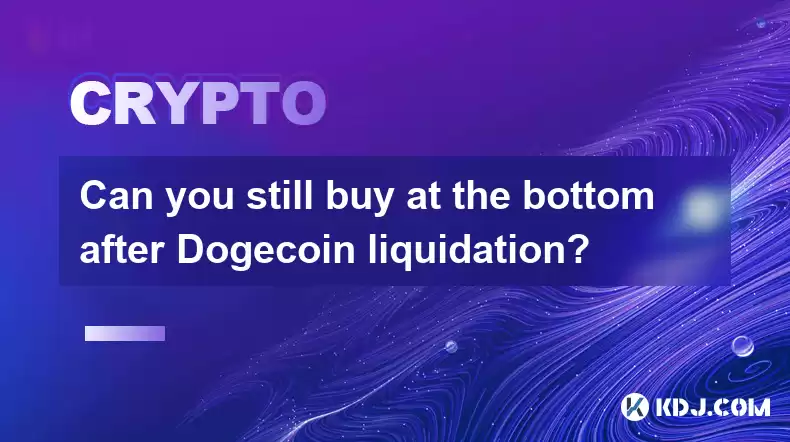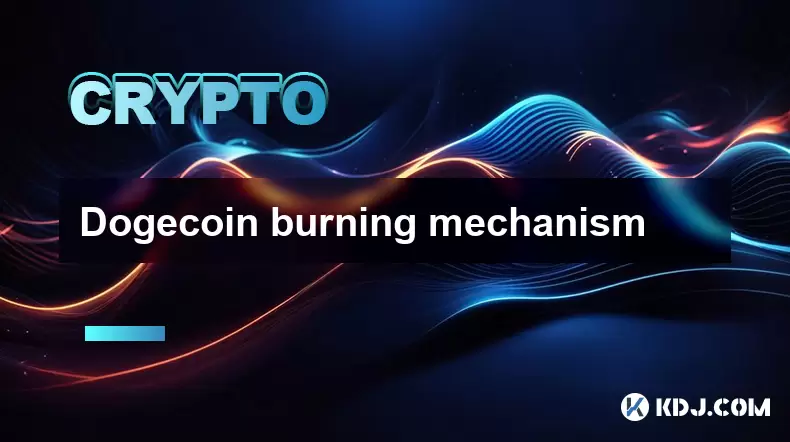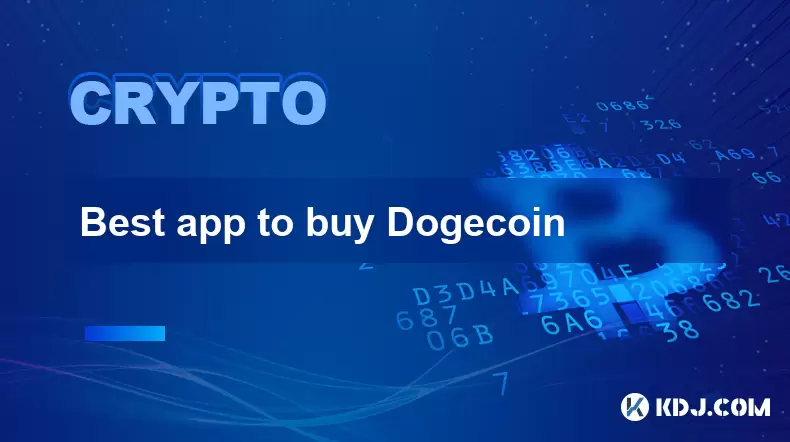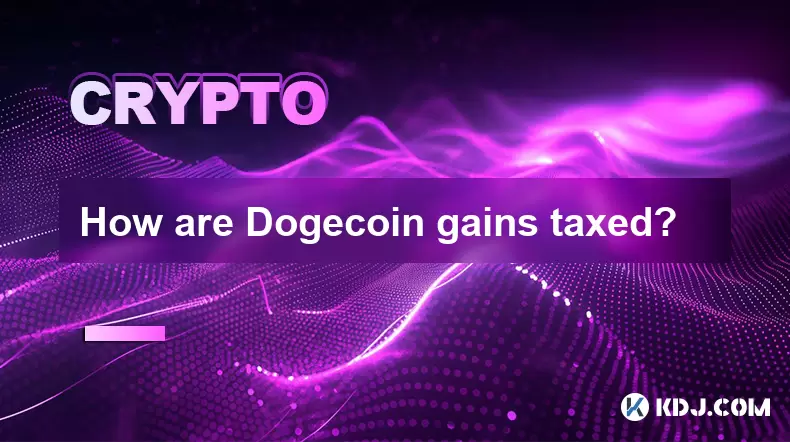-
 Bitcoin
Bitcoin $117900
0.31% -
 Ethereum
Ethereum $3766
0.28% -
 XRP
XRP $3.176
-0.31% -
 Tether USDt
Tether USDt $1.000
0.00% -
 BNB
BNB $795.6
1.51% -
 Solana
Solana $186.8
-1.09% -
 USDC
USDC $0.9999
-0.01% -
 Dogecoin
Dogecoin $0.2353
-1.33% -
 TRON
TRON $0.3226
1.49% -
 Cardano
Cardano $0.8172
-1.08% -
 Sui
Sui $4.178
3.06% -
 Hyperliquid
Hyperliquid $43.05
-3.39% -
 Stellar
Stellar $0.4367
-0.57% -
 Chainlink
Chainlink $18.62
1.47% -
 Hedera
Hedera $0.2828
6.63% -
 Bitcoin Cash
Bitcoin Cash $584.7
5.65% -
 Avalanche
Avalanche $24.81
2.53% -
 Litecoin
Litecoin $112.8
-0.88% -
 UNUS SED LEO
UNUS SED LEO $8.975
-0.08% -
 Shiba Inu
Shiba Inu $0.00001395
-1.07% -
 Toncoin
Toncoin $3.285
-1.05% -
 Ethena USDe
Ethena USDe $1.001
0.01% -
 Polkadot
Polkadot $4.123
0.76% -
 Uniswap
Uniswap $10.49
-0.18% -
 Monero
Monero $326.5
0.14% -
 Dai
Dai $0.9999
-0.02% -
 Bitget Token
Bitget Token $4.576
0.34% -
 Pepe
Pepe $0.00001247
-1.55% -
 Cronos
Cronos $0.1400
3.77% -
 Aave
Aave $295.1
-0.73%
Can you still buy at the bottom after Dogecoin liquidation?
Dogecoin liquidation doesn't guarantee further price drops; buying after one is risky, requiring careful risk management, diversification, and understanding that pinpointing "the bottom" is impossible.
Mar 02, 2025 at 02:06 pm

Can You Still Buy at the Bottom After Dogecoin Liquidation?
Key Points:
- Defining "the bottom" in a volatile market like Dogecoin is inherently difficult and subjective. There's no guaranteed method to pinpoint the absolute lowest price.
- Liquidation events, while potentially signaling a bearish trend, don't automatically guarantee further price drops. Market sentiment and other factors heavily influence future price movements.
- Buying after a liquidation involves significant risk. While it offers the potential for high returns if the price rebounds, substantial losses are also possible. Careful risk management is crucial.
- Technical analysis, fundamental analysis, and an understanding of market psychology are all valuable tools, but none provide foolproof predictions.
- Diversification and disciplined investment strategies are essential to mitigate the risks associated with buying after a liquidation event.
Understanding Dogecoin Liquidation and its Implications:
- Defining Liquidation: In the cryptocurrency context, liquidation refers to the forced selling of assets to meet margin calls. This often happens when an investor borrows funds to leverage their position (e.g., using margin trading). If the price of the asset falls below a certain threshold (the liquidation price), the lender automatically sells the investor's assets to recoup the loan. A large-scale Dogecoin liquidation event indicates significant selling pressure, potentially driving the price down further. This selling pressure can be caused by several factors, including algorithmic trading strategies, large institutional investors unwinding positions, or a general downturn in market sentiment. The impact of a liquidation on the overall Dogecoin price depends on the size of the liquidation, the overall market conditions, and the speed at which the liquidation occurs. A massive, rapid liquidation can exacerbate a downward trend, while a smaller, slower liquidation might have a less pronounced effect. Understanding the context of the liquidation – the reasons behind it and the volume of DOGE involved – is crucial for assessing its potential impact on future price movements. Furthermore, the market’s reaction to the news of the liquidation itself can influence price action. Fear and uncertainty can lead to further selling, while some investors might see it as a buying opportunity.
- Analyzing the Market After Liquidation: After a Dogecoin liquidation, the market is in a state of flux. The immediate aftermath is often characterized by volatility, with price swings potentially being more dramatic than usual. Determining whether the price has truly hit "the bottom" requires careful analysis. One should consider factors beyond just the price itself. Technical indicators, such as moving averages and relative strength index (RSI), can offer insights into price trends, although these indicators are not always reliable predictors of future price movements. Furthermore, examining the order book – the collection of buy and sell orders – can provide a sense of the market's immediate supply and demand dynamics. A deep order book with substantial buy orders at various price levels might suggest support for the price, whereas a thin order book with few buyers could signal continued downward pressure. News and events affecting the cryptocurrency market as a whole also play a critical role. Regulatory announcements, technological developments, or broader macroeconomic trends can influence Dogecoin's price irrespective of the previous liquidation event. In addition to quantitative data, qualitative factors such as social media sentiment and news coverage can provide valuable insights into market psychology. Positive news or growing community engagement might suggest a potential price rebound, while negative news or declining interest could indicate further downside.
- Risk Assessment and Mitigation: Buying at the bottom after a liquidation is inherently risky. There's no guarantee that the price has indeed reached its lowest point. The price could continue to fall, resulting in substantial losses. Therefore, a thorough risk assessment is crucial before considering such a purchase. This involves determining how much capital you are willing to risk and setting appropriate stop-loss orders to limit potential losses. Diversification is a key risk management strategy. Instead of investing all your funds in Dogecoin after a liquidation, consider allocating your capital across a broader range of cryptocurrencies or other asset classes. This reduces your exposure to the risk of a single asset underperforming. Dollar-cost averaging (DCA) is another valuable strategy. Instead of investing a lump sum at once, DCA involves making smaller, regular investments over time. This reduces the risk of buying at a high point and averages out the purchase price. Finally, it's essential to have a clear understanding of your investment goals and time horizon. If you're investing for the long term, you might be more willing to tolerate short-term price fluctuations. However, if you're investing for the short term, the risks associated with buying after a liquidation are significantly higher.
- Technical and Fundamental Analysis: Technical analysis involves studying price charts and other market data to identify patterns and predict future price movements. While it can be helpful, it's not a crystal ball. Indicators like moving averages, RSI, and MACD can offer insights but are not foolproof. Fundamental analysis focuses on the underlying value of Dogecoin. This involves considering factors like its adoption rate, development progress, and the overall market sentiment towards the cryptocurrency. However, the inherent volatility of cryptocurrencies makes fundamental analysis challenging, as even positive developments don't always translate into immediate price increases. Combining technical and fundamental analysis can provide a more holistic view of the market, but even this combined approach doesn't eliminate the risk of misjudging the bottom.
- Market Psychology and Sentiment: The cryptocurrency market is heavily influenced by market psychology. Fear, greed, and speculation play significant roles in price movements. After a liquidation, fear often dominates, leading to further selling pressure. However, this fear can also create opportunities for contrarian investors who are willing to buy when others are selling. Analyzing market sentiment through social media, news articles, and other sources can provide insights into the overall mood of the market. Positive sentiment might suggest a potential price rebound, while negative sentiment could indicate further downside. However, it's crucial to be cautious about interpreting market sentiment, as it can be manipulated or influenced by misinformation.
FAQs:
Q: What is a Dogecoin liquidation?
A: A Dogecoin liquidation is the forced selling of Dogecoin to cover margin calls on leveraged positions. If the price of Dogecoin falls below a certain threshold, lenders automatically sell the borrower's Dogecoin to recover their loan. This selling pressure can further depress the price.
Q: Does a Dogecoin liquidation always mean the price will go lower?
A: No. While a liquidation event indicates significant selling pressure and can contribute to a price drop, it doesn't guarantee further declines. Other market forces, such as buying pressure, positive news, or general market sentiment, can influence the price direction.
Q: How can I determine if Dogecoin has hit "the bottom" after a liquidation?
A: There's no foolproof method to determine the absolute bottom. Analyzing technical indicators, fundamental factors, market sentiment, and the order book can provide insights, but they don't guarantee accuracy. It's crucial to understand that risk remains high even after a perceived bottom.
Q: What are the risks of buying Dogecoin after a liquidation?
A: The main risk is that the price could continue to fall, resulting in substantial losses. Other risks include market manipulation, regulatory changes, and unforeseen technological issues. Careful risk management is crucial.
Q: What strategies can mitigate the risks of buying after a liquidation?
A: Strategies include dollar-cost averaging (DCA), diversification across multiple assets, setting stop-loss orders, and having a clear understanding of your risk tolerance and investment goals. Thorough research and a cautious approach are paramount.
Q: Are technical and fundamental analyses reliable after a Dogecoin liquidation?
A: Technical and fundamental analyses can offer insights but aren't foolproof predictors of future price movements, especially in the highly volatile cryptocurrency market. They should be used in conjunction with other forms of market analysis and risk management strategies.
Q: How important is market psychology after a Dogecoin liquidation?
A: Market psychology plays a significant role. Fear and uncertainty can drive further selling, while hope and anticipation of a rebound can stimulate buying. Analyzing sentiment through various channels is helpful but should be treated cautiously, as it can be influenced by manipulation and misinformation.
Disclaimer:info@kdj.com
The information provided is not trading advice. kdj.com does not assume any responsibility for any investments made based on the information provided in this article. Cryptocurrencies are highly volatile and it is highly recommended that you invest with caution after thorough research!
If you believe that the content used on this website infringes your copyright, please contact us immediately (info@kdj.com) and we will delete it promptly.
- Ruvi AI: The Next Solana? Riding the AI Token Wave on CoinMarketCap
- 2025-07-28 00:50:16
- BlockDAG, Crypto Coin, XRP, ADA, and SUI: Navigating the 2025 Crypto Landscape
- 2025-07-28 00:30:16
- Riding the Bulls: ROI Tokens and the 2025 Momentum
- 2025-07-28 00:55:14
- Coinbase Wallet: Security, Reviews, and What's the Hype?
- 2025-07-28 00:30:16
- Crypto ETFs and Altcoins: Navigating the Wild West with Meme Coins and Tokenized Assets
- 2025-07-27 23:04:06
- Pi Coin in 2026: Will It Be Worth the Wait?
- 2025-07-27 23:10:12
Related knowledge

Bitcoincoin burning mechanism
Jul 20,2025 at 09:21pm
What is the Dogecoin burning mechanism?The Dogecoin burning mechanism refers to the process of permanently removing DOGE tokens from circulation by se...

How to earn free Bitcoincoin?
Jul 19,2025 at 10:08pm
What is Dogecoin and Why Earn It?Dogecoin (DOGE) started as a meme-based cryptocurrency in 2013 but has grown into a widely recognized digital asset. ...

Is Coinbase a good wallet for Bitcoincoin?
Jul 19,2025 at 04:42pm
Understanding Coinbase as a Wallet Option for DogecoinWhen considering where to store Dogecoin, Coinbase is often mentioned as a potential option due ...

How to buy Bitcoincoin with PayPal?
Jul 23,2025 at 06:57am
Understanding the Basics of Buying DogecoinBefore diving into the process of buying Dogecoin with PayPal, it’s essential to understand what Dogecoin i...

Best app to buy Dogecoin
Jul 23,2025 at 03:08pm
What Is a Cryptocurrency Exchange and How Does It Work?A cryptocurrency exchange is a digital marketplace where users can buy, sell, or trade cryptocu...

How are Dogecoin gains taxed?
Jul 25,2025 at 07:01am
Understanding the Taxation of Dogecoin GainsWhen it comes to Dogecoin (DOGE), many investors are drawn to its meme-inspired branding and volatile pric...

Bitcoincoin burning mechanism
Jul 20,2025 at 09:21pm
What is the Dogecoin burning mechanism?The Dogecoin burning mechanism refers to the process of permanently removing DOGE tokens from circulation by se...

How to earn free Bitcoincoin?
Jul 19,2025 at 10:08pm
What is Dogecoin and Why Earn It?Dogecoin (DOGE) started as a meme-based cryptocurrency in 2013 but has grown into a widely recognized digital asset. ...

Is Coinbase a good wallet for Bitcoincoin?
Jul 19,2025 at 04:42pm
Understanding Coinbase as a Wallet Option for DogecoinWhen considering where to store Dogecoin, Coinbase is often mentioned as a potential option due ...

How to buy Bitcoincoin with PayPal?
Jul 23,2025 at 06:57am
Understanding the Basics of Buying DogecoinBefore diving into the process of buying Dogecoin with PayPal, it’s essential to understand what Dogecoin i...

Best app to buy Dogecoin
Jul 23,2025 at 03:08pm
What Is a Cryptocurrency Exchange and How Does It Work?A cryptocurrency exchange is a digital marketplace where users can buy, sell, or trade cryptocu...

How are Dogecoin gains taxed?
Jul 25,2025 at 07:01am
Understanding the Taxation of Dogecoin GainsWhen it comes to Dogecoin (DOGE), many investors are drawn to its meme-inspired branding and volatile pric...
See all articles

























































































